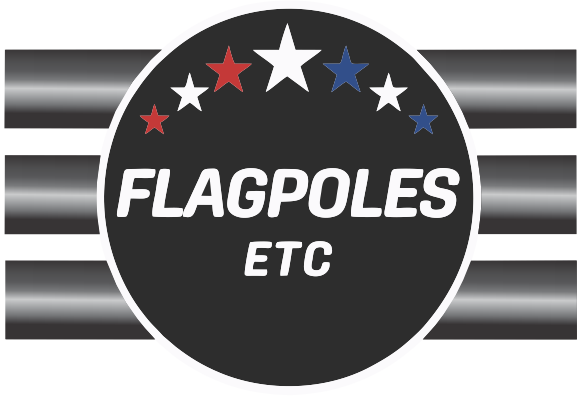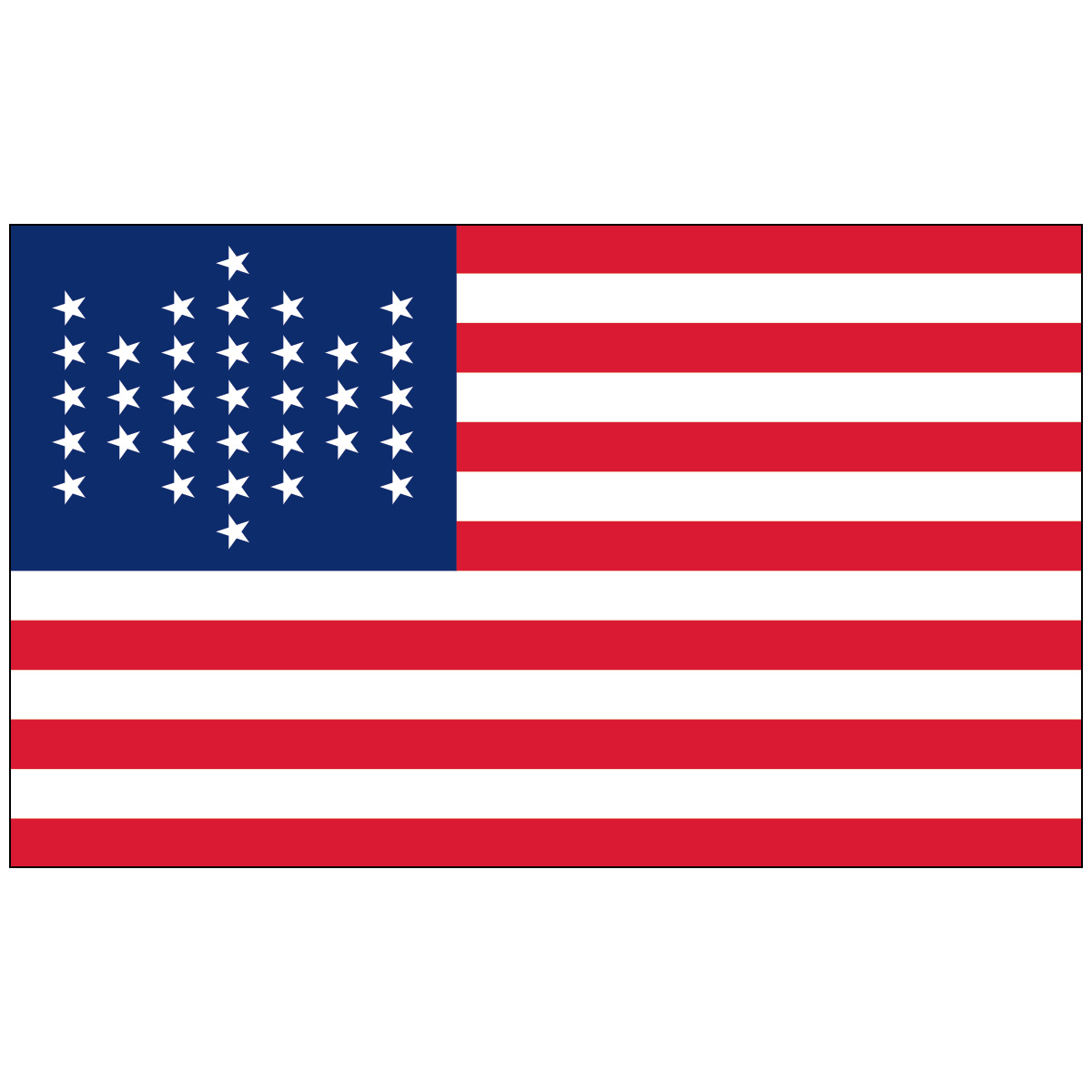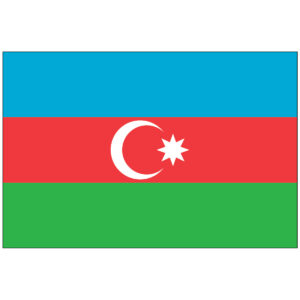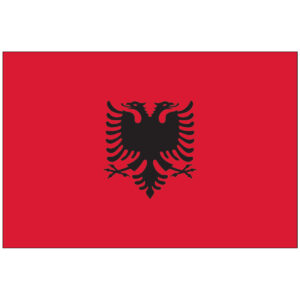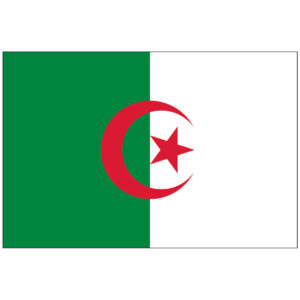Union Civil War Nylon Flag
$59.95
Union Civil War Nylon Flag – During the American Civil War, the Union, also known as the North, referred to the United States led by President Abraham Lincoln. It was opposed by the secessionist Confederate States of America (CSA), informally called “the Confederacy” or “the South”. The Union is named after its declared goal of preserving the United States as a constitutional union. “Union” is used in the U.S. Constitution to refer to the founding formation of the people, and to the states in union. In the context of the Civil War, it has also often been used as a synonym for “the northern states loyal to the United States government;” in this meaning, the Union consisted of 20 free states and five border states.
About Our Union Civil War Nylon Flag
The Union Army was a new formation comprising mostly state units, together with units from the regular U.S. Army. The border states were essential as a supply base for the Union invasion of the Confederacy, and Lincoln realized he could not win the war without control of them,[2] especially Maryland, which lay north of the national capital of Washington, D.C. The Northeast and upper Midwest provided the industrial resources for a mechanized war producing large quantities of munitions and supplies, as well as financing for the war. The Northeast and Midwest provided soldiers, food, horses, financial support, and training camps. Army hospitals were set up across the Union. Most Northern states had Republican governors who energetically supported the war effort and suppressed anti-war subversion, particularly that that arose in 1863–64.[3] The Democratic Party strongly supported the war at the beginning in 1861, but by 1862, was split between the War Democrats and the anti-war element known as Peace Democrats, led by the extremist "Copperheads".[4] The Democrats made major electoral gains in 1862 in state elections, most notably in New York. They lost ground in 1863, especially in Ohio. In 1864, the Republicans campaigned under the National Union Party banner, which attracted many War Democrats and soldiers[5] and scored a landslide victory for Lincoln and his entire ticket against Democratic candidate George B. McClellan. The war years were quite prosperous except where serious fighting and guerrilla warfare ravaged the countryside. Prosperity was stimulated by heavy government spending and the creation of an entirely new national banking system. The Union states invested a great deal of money and effort in organizing psychological and social support for soldiers' wives, widows, and orphans, and for the soldiers themselves. Most soldiers were volunteers, although after 1862 many volunteered in order to escape the draft and to take advantage of generous cash bounties on offer from states and localities. Draft resistance was notable in some larger cities, especially in parts of New York City, with its massive anti-draft riots of July 1863 and in some remote districts such as the coal mining areas of Pennsylvania.
